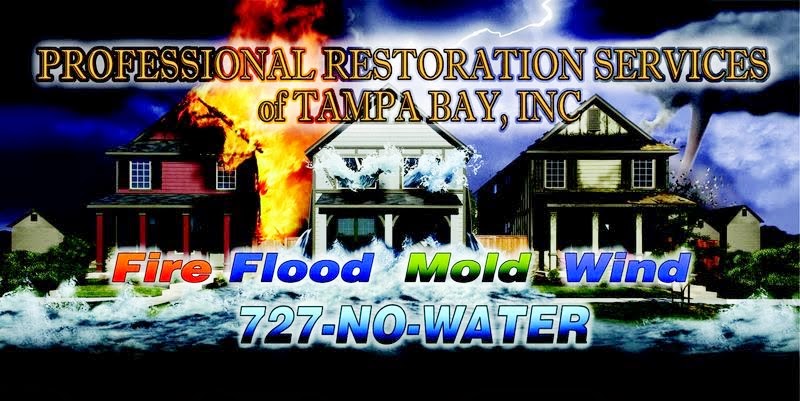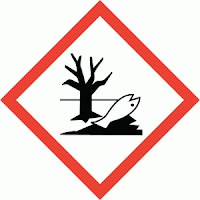January is the peak month for portable heater fires. Only 2 percent of heating fires in homes involve portable heaters, however, portable heaters are involved in 45 percent of all fatal home heating fires. An estimated 900 portable heater fires in residential buildings are reported to U.S. fire departments each year and cause 70 deaths, 150 injuries and $53 million in property loss. 52 percent of home portable heater fires occur because they are too close to items that can burn.
For the safety of you and your family you should take a moment to review these important safety tips.
Space Heater Safety Tips
- When purchasing a electric space heater only buy ones that have been evaluated by a nationally recognized laboratory, such as Underwriters Laboratories (UL). Look for the UL mark on the electric heater.
- Only use heaters that have a thermostat control mechanism, and will switch off automatically if the heater falls over.
- Heaters are not dryers or tables; do not dry clothes or store objects on top of your heater.
- Plug space heaters directly into wall outlets and never into an extension cord or power strip.
- Always unplug your electric heater when not in use.
- Inspect the heater's cord periodically to look for frayed wire or damaged insulation. DO NOT USE a space heater with a damaged cord.
- Heaters should be placed on a flat, level surface. Do not place heaters on furniture since they may fall and become damaged or break parts in the heater.
- Unless the heater is designed for use outdoors or in bathrooms, do not use in damp, wet areas.
- If you have a liquid-fueled space heater, use only the fuel recommended by the manufacturer. The wrong fuel could burn hotter than the equipment was designed for and cause a serious fire.
- When refueling, turn off the heater and let it cool down completely before adding fuel. Wipe any spills promptly.
- Before you buy a kerosene heater, check with your local fire department to ensure that it is legal.
- If you have a kerosene heater, never fill your heater with gasoline or camp stove fuel; both flare-up easily. Use ONLY crystal clear K-1 kerosene.
- Use the kerosene heater in a well ventilated room.

Fireplace Safety Tips
- Make sure to clean out your fireplace frequently and chimneys should be inspected for obstructions and cracks to prevent deadly chimney and roof fires.
- Check to make sure the damper is open before starting any fire.
- Never burn trash, paper or green wood in your fireplace.
- Use a screen heavy enough to stop rolling logs and big enough to cover the entire opening of the fireplace to catch flying sparks.
- Don't wear loose-fitting clothes near any open flame.
- Make sure the fire is completely out before leaving the house or going to bed.
- Allow ashes to completely cool before placing them in a tightly covered metal container and keep the ash container at least 10 feet away from your home and any other nearby buildings.

* Always have a working smoke alarm and a home escape plan. Having a working smoke alarm dramatically increases your chances of surviving a fire. And remember to practice your home escape plan frequently with your family. *
Avoid Using These Sources to Heat Your Home
1. Turning on the oven and/or stove top.
Why it's a bad idea:
- Carbon Monoxide (CO) poisoning. CO is a invisible, odorless gas that could be hanging around in your kitchen. The EPA says at moderate levels it causes headaches, dizziness, nausea and fainting - and at high levels it can be fatal.
- The risk for a fire. Leaving your gas or electric stove top/oven on poses a risk for fires. Do not use your oven or stove top for heat.
2. Running the shower.
Why it's a bad idea:
- It won't be very effective and it will fill your home with unwanted moisture. Moisture can grow into a mold problem.
- It wastes a lot of water and any benefits are short-lived. The little if any heat that is produced from running your shower will disappear once the hot water runs out. Running your shower for a long period of time is not environmentally friendly and will add an unnecessary increase to your water bill.
3. Burning candles.
Why it's a bad idea:
- They are not effective. Candles do add some extra warmth to a close surrounding area but it is certainly not enough to do the trick if your heat is not working properly in your home.
- They pose a high risk of fire. Never leave a burning candle unattended.









.jpg)

